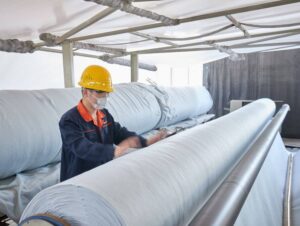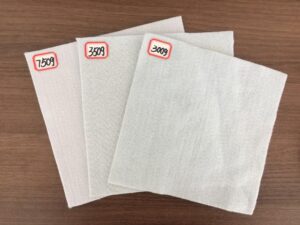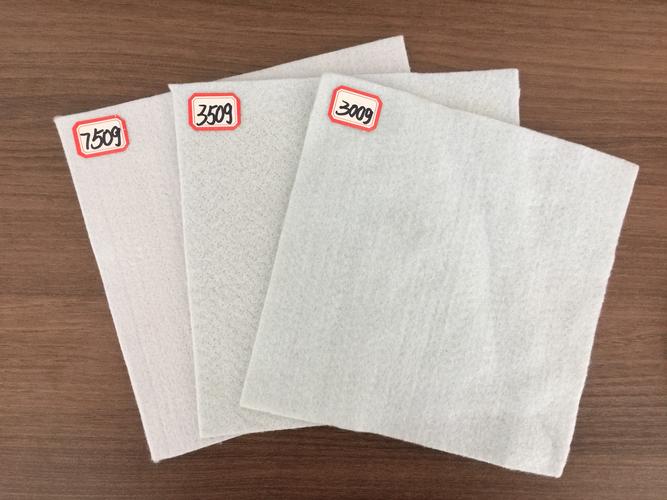The difference between non-woven geotextiles and knitted geotextiles
Non-woven geotextiles and knitted geotextiles are a kind of geosynthetic materials, which have the functions of anti-seepage, filtration, isolation, etc., and are generally widely used in fields such as water conservancy, flood control, transportation, and environmental protection.
Non-woven geotextile is a kind of non-woven material made of chemical fiber or natural fiber through bonding, hot air and other processes. It is characterized by high strength, corrosion resistance, aging resistance, and good water permeability. It is often used in sand-soil interbed anti-seepage, slope protection and other projects.
Knitted geotextile is a geosynthetic material made of synthetic materials such as polyester and polypropylene. It is characterized by softness, high tensile strength, and good filtration performance. It is suitable for dams, subway projects, and highway projects.
It should be noted that due to the different materials of non-woven geotextiles and knitted geotextiles, the occasions and effects of their use are also different. Therefore, in actual engineering, it is necessary to consider the selection of suitable geotextiles based on soil conditions, construction requirements, etc.

The production process of non-woven geotextiles
1. Selection of raw materials: Firstly, select suitable materials from raw materials such as polyester, polyester, polyamide, polypropylene, etc., and process them into fibers.
2. Fiber mixing: mix different material fibers in a certain proportion to achieve performance coordination under the premise of ensuring basic properties such as aging resistance and acid and alkali resistance.
3. Mesh manufacturing: the fibers are made into mesh through production processes such as opening, netting, and bonding.
4. Shaping treatment: the mesh is shaped by high temperature, high pressure or chemical additives to make it have specific tensile, water resistance and anti-aging properties.
5. Cutting and packaging: According to the needs of users, the geotextiles are cut and packaged, and finally delivered to customers.

The production process of knitted geotextile
1. Selection of raw materials: first select suitable polyester, polypropylene and other materials, and process them into fibers.
2. Weaving: The processed fibers are woven into cloth sheets or rolls through a weaving machine. The width and length of the cloth sheets can be customized according to user needs.
3. Shaping: Through high temperature treatment or adding sizing agent, etc., the woven cloth is shaped to make it have a certain strength and stability.
4. Coating treatment: Spray a layer of polymer coating on the surface of the woven geotextile to improve its corrosion resistance and aging resistance.
5. Cutting and packaging: According to the needs of users, the geotextiles are cut, wound, packaged, etc., and finally delivered to customers for use.
[wpforms id=”40″]
Author

Founded in 2002, Tinhy's team focuses on the manufacturing, marketing, installation, application and research and development of geosynthetic materials.
View all posts





